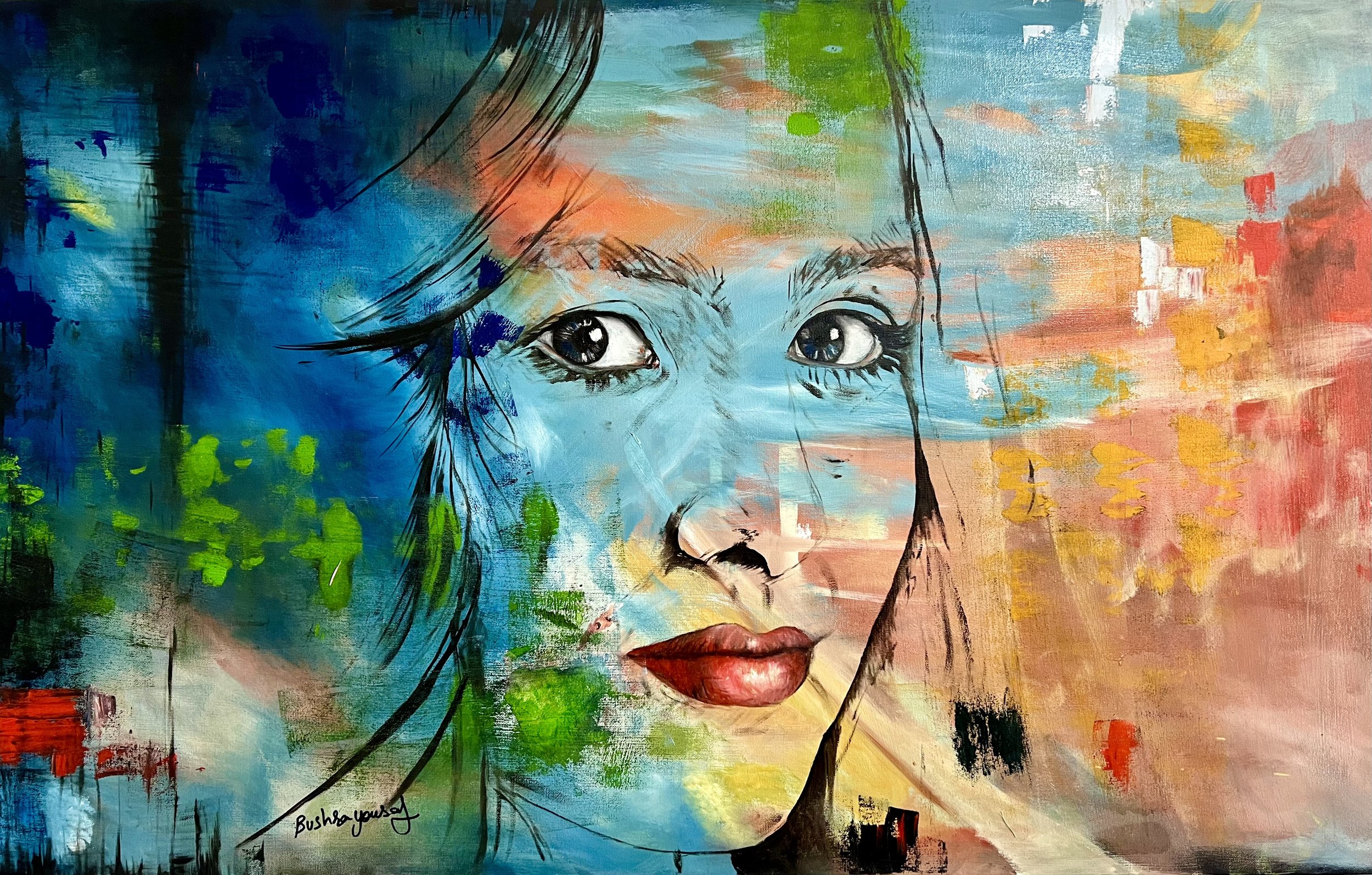The phrase “way station” is defined in dictionaries as an intermediate stopping place, a stopping point on a journey, or a place where people stop to eat and rest when they are on a long journey.
Sandra Vida’s video work WAY STATION evokes the meanings associated with this phrase and takes viewers on a multi-layered, symphonic journey through an immersive polyphony of intersecting narratives and psychological landscapes. Exploring themes related to identity, ancestry, and cultural heritage, Vida generates nuanced and complex meanings for viewers to contemplate. Beginning with the title screen and accompanying words origins, explorations, and resolutions, the film conveys a sense of momentousness that is heightened by atmospheric music. Interwoven, overlaid images of rural landscape, nature, historical carvings, and ancient stone formations fade in and out, melding with images of a woman walking through a grassy field, picking up a suitcase as if she is embarking on a journey, and holding a decorative bowl.
This first third of the film fades into the second third with contemplative instrumental music that accompanies images suggestive of domesticity and roles associated historically with women: making clothes, making bread, and weaving. These evoke an idyllic existence that is shattered by discordant sounds and interwoven images of soldiers, explorers, warships, and ancient stone structures. Through this, Vidal appears to subtly critique narratives of progress and nationalism that favour a positive trajectory defined by wars, monuments, and large-scale cultural achievements.
However, these sounds and images fade quickly into the background and are taken over by the same atmospheric music that opened the film. Strongly suggestive echoes of mythology emerge within this final third of the film. A woman places stones into a formation, as if to create a memorial. In addition, the pouring of water from a pitcher into a cup and walking through the sea are images that connote rejuvenation, the giving of life, and unity with the natural environment.
Vida’s atmospheric work affirms the persistence and resilience of alternative ways of being and knowing that fall outside conventional historical narratives as well as stories excluding women’s perspectives and experiences. Challenging linear narratives and ways of understanding that devalue the personal and domestic, Vida constructs empowering narratives that inhabit multiple times, histories, and geographies—all of which inform and re-shape each other continually within a fluid conception of time that melds the past, present, and future.





